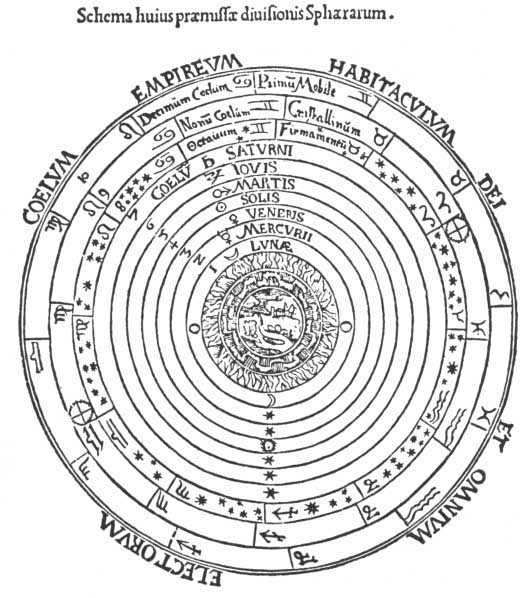Reponse to 'Contradictory Chapters' Claim.
I'm going to cite Trippy's base my post on it for simplicities sake:
In Genesis 1:1-2:3
Earth
Light
Day
Heaven
Land
Grasses, herbs, and fruits
Stars
Sun and the moon
Sea life/Birds
Land life
Man and woman (at the same time, from the same dust)
However in Genesis 2:4-25 we have:
Flowering plants
Man
Animals& birds
Woman (from a rib).
The most important sentence to separate the two is Genesis 2:4
אלה תולדות השמים והארץ בהבראם - (roughly) These are the stratum (generation / orders) of the heaven and earth when they were created. This means that this
all follows what it says Genesis 2:1 ויכלו השמים והארץ "And the heavens and earth were finished".
Which means that everything that's occurring in the previous chapter had already happened.
Regarding the Flowering Plants:
Genesis 1:
תדשא הארץ
דשא עשב
מזריע זרע, עץ פרי עשה
פרי למינו, אשר זרעו-בו על-הארץ
Genesis 2: וכל
שיח השדה, טרם יהיה בארץ, וכל-עשב
השדה, טרם יצמח
The words translated as "Plant" in both cases are emboldened - I might have missed some since the formating in this is L-->R which makes it behave strangely.
I'll note some differences of relevance.
Genesis 1 / 2 - השדה/ דשא
Why the difference?
The first one literally means "Grass" and the second means "Field". The field already existed from Genesis 1, what was added? שיח which means shrubs.
Genesis 1 is referring to the 'platform' or 'basic general construct' whereas Genesis 2 was referring to a few specifics placed on that general construct. In this case, it's reviewing the ones it feels are relevant for explaining
inception of man
The claim that 'Man' follows shrubs
You've forgotten an entire line here.
Genesis 2:6 ואד יעלה מן הארץ והשקה את כל פני האדמה "And then a 'vapor' came up from the earth and water all the land"
There's an allusion here that "land" here doesn't mean the same as "earth" it uses a different word. The word it uses "האדמה" differs from "ארץ" in that it refers to something that's already received nourishment, whereas the latter could refer to something infertile. This line basically sums up the process of fertilizing the previously created land.
The creation of man
Genesis 1 says "נעשה אדם" - "Let's make man"
Genesis 2 says "ויּיצר הי אלקים את-האדם" - "Let us bring out the form of man"
This implies the base components which would be later used to form man were created in Genesis 1. Genesis 2:4 discusses the first life form which would become man kind. It's not until Genesis 2:21 that the final form of man is completed.
The claim that animals and birds come after Man in Genesis 2
Genesis 2:26 has a different purpose than the previous verses. The previous verses were describing how mankind was created. The ones following this point are describing what the purpose of those creations were / are. Their chronology is abandoned and the typical form Torah holds comes back into play. That form is: relevance in relation to the topic (in this case mankind) comes first in lists, not chronology.
Overall:
The basic mistake being made here is a misunderstanding of the form. This passage form is used frequently in the Torah; especially in introductions of people, events, or significant topics. The form is: Broad Statement - Specific Statements - Relevance.
In this case: a broad picture is painted of the overall creation - a more specific analysis of the creation in relation to man is made - the specific uses for man is described.
A lot of the misunderstanding comes from how English phrases paragraphs, sentences, indents etc etc. In Hebrew there is no such thing as a "Paragraph" or "sentence" - no periods, commas, or marks at all - spaces at some points aren't even relevant. All of the modern form comes from Massoretic scribes who wrote down the simplest way for it to be phrased. In this case the Massoretics decided not to distinguish the wording in terms of chronologies, rather, they phrased them in terms of 'scope of intent'.


